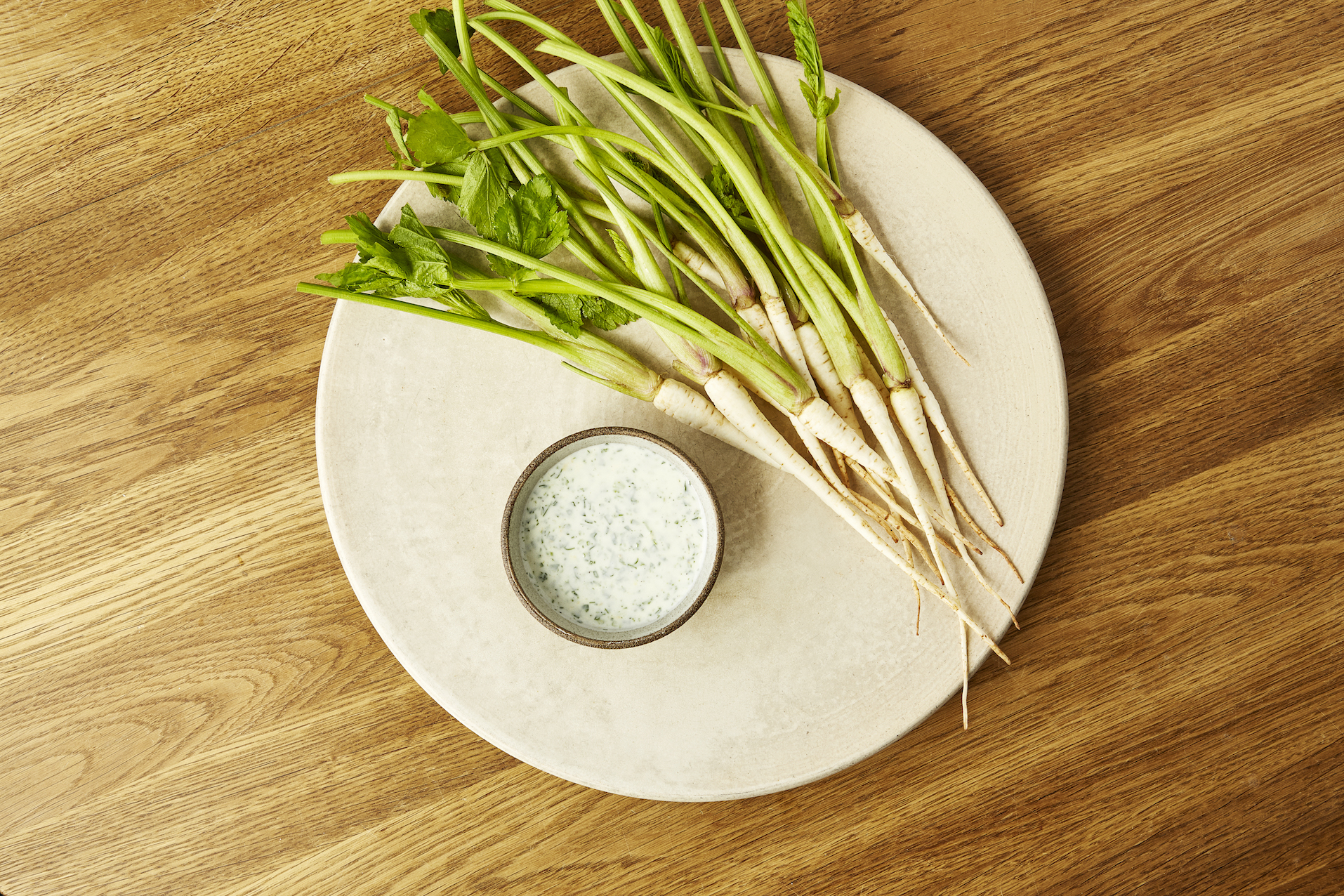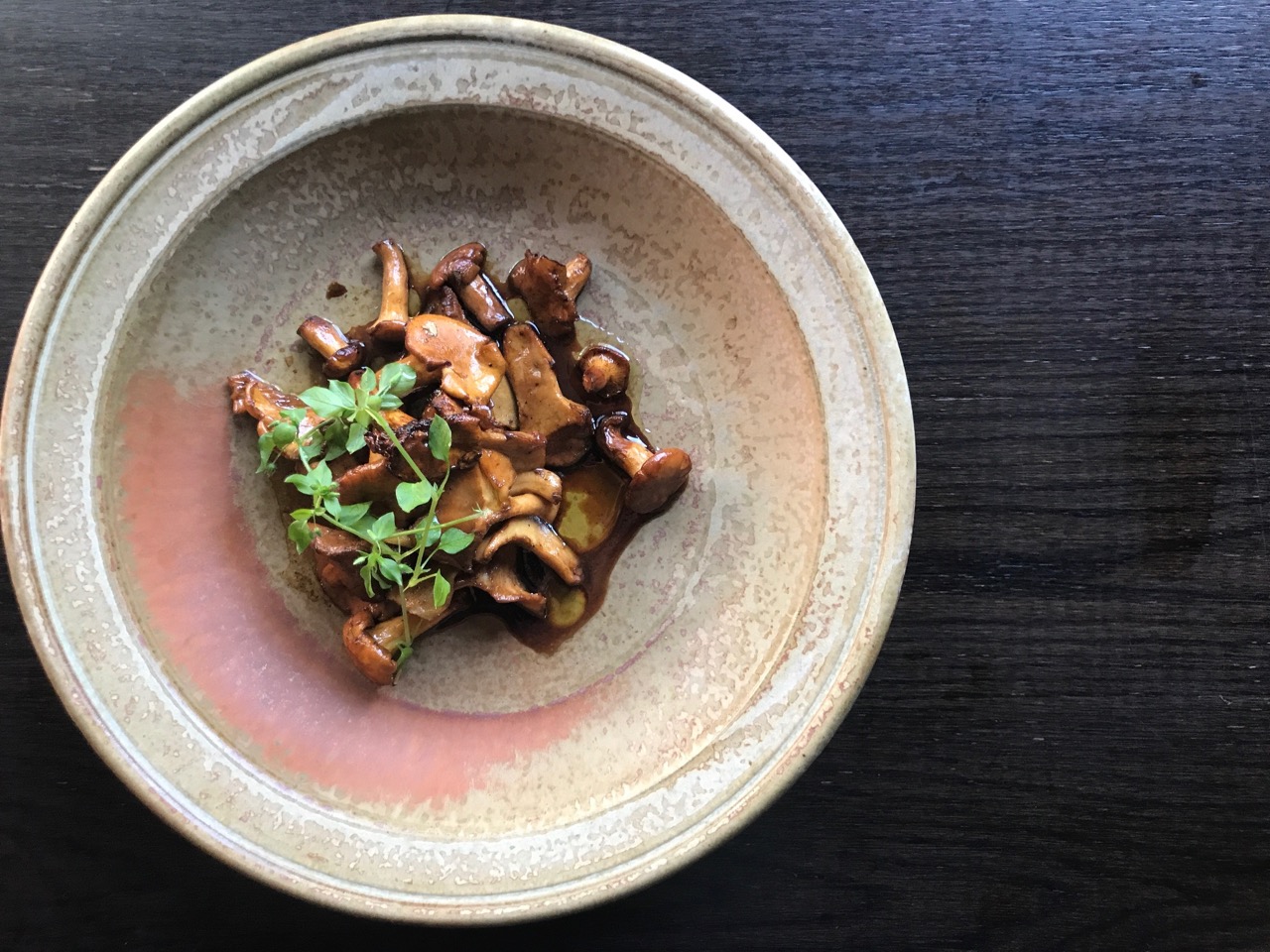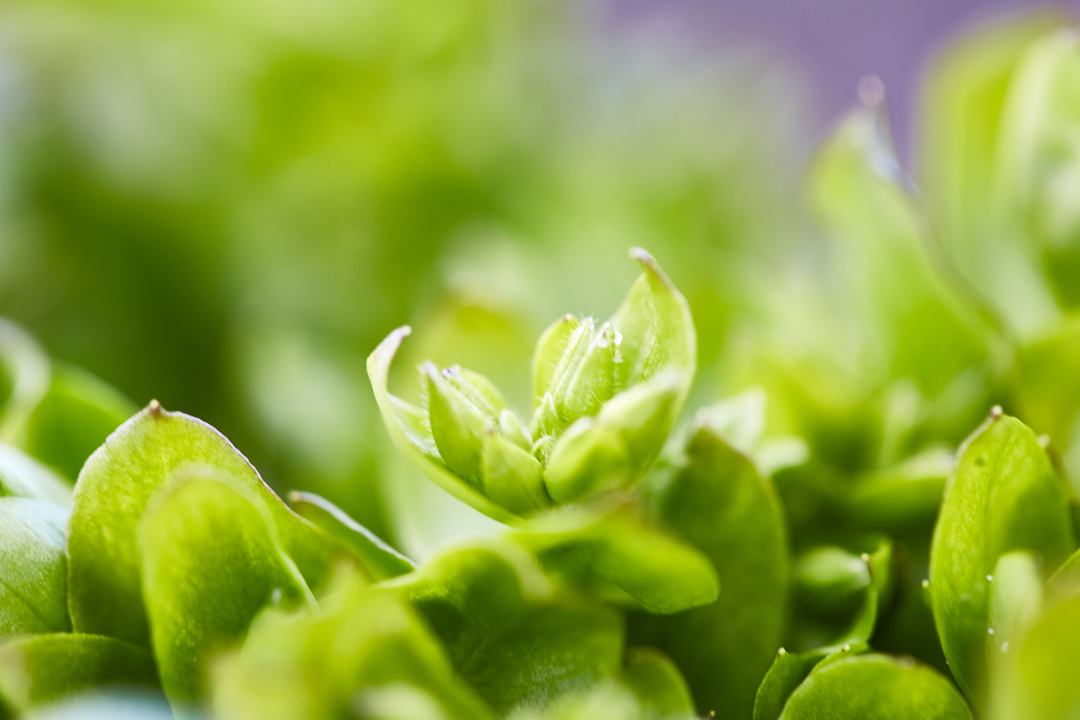
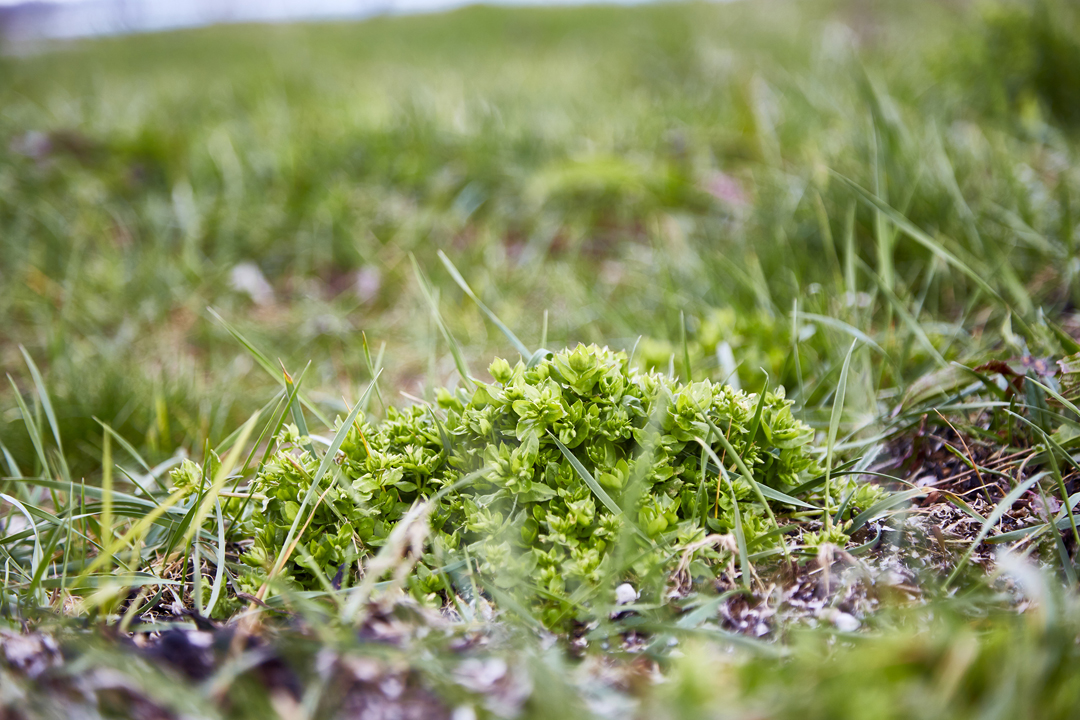
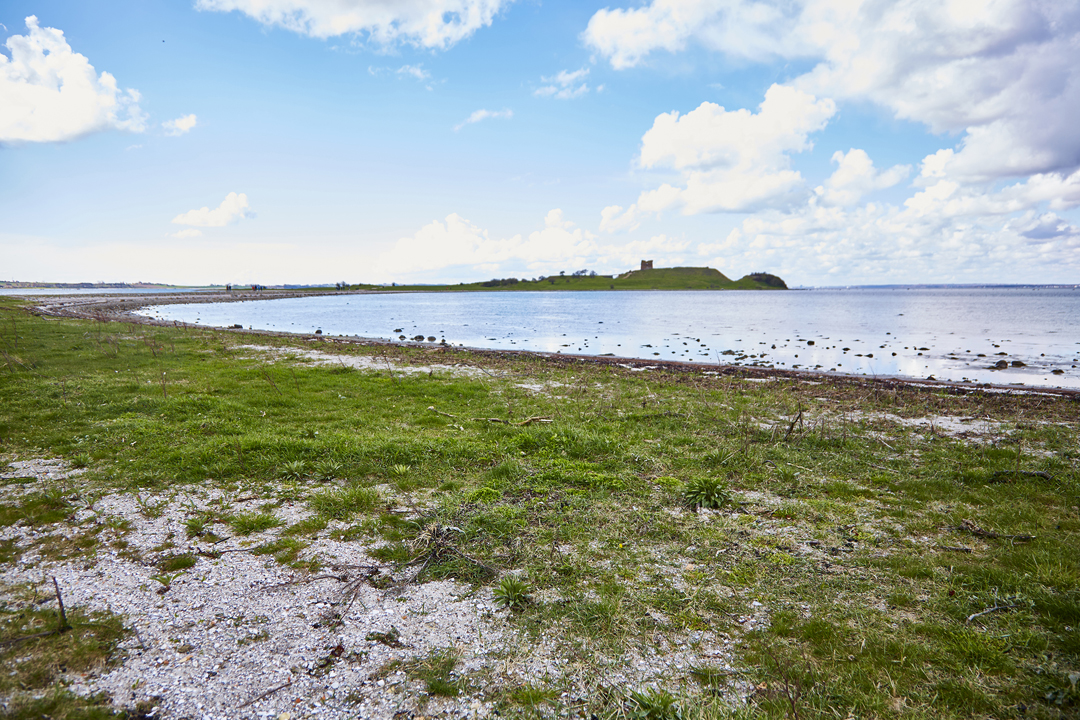
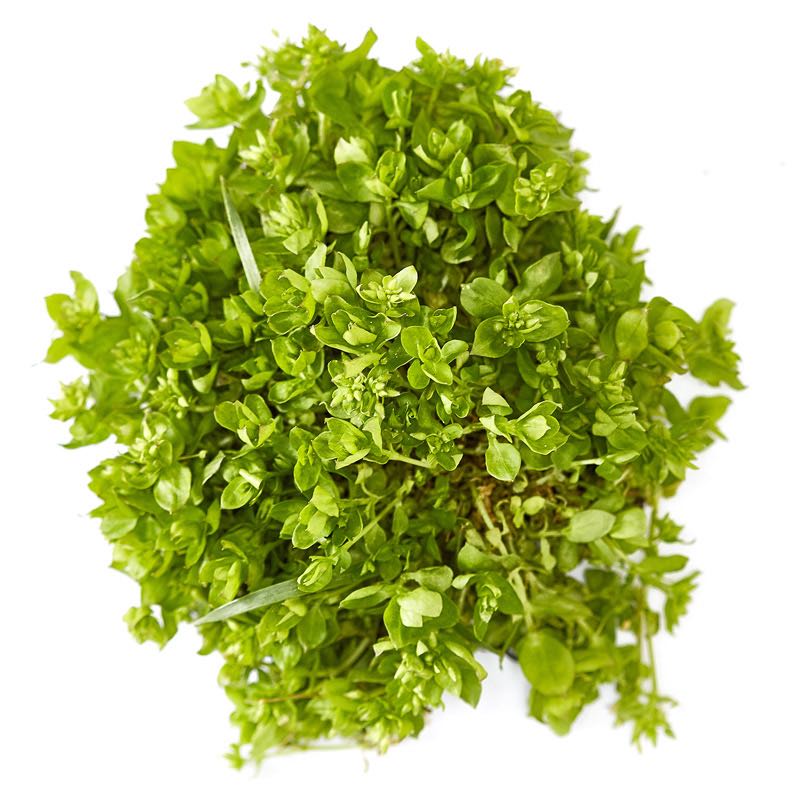
Chickweed
Chickweed is not a grass, but an herb that covers the ground with small, white flowers. Widely available and easy to find, chickweed tastes deliciously of pea shoots, and can be paired with most dishes.
-
Where to Find It
Chickweed requires good, nutrient-rich soil to thrive. You can find it in areas that are green and fertile, such as hedges, ditches, and meadows. It can grow in both full sun and partial shade, so also look for it in deciduous forests, where it grows in large blankets of green dotted with small, white flowers.
Towns, hedges, roadsides, grasslands, deciduous forests.
-
When to Find It
As long as temperatues remain above freezing, you can pick chickweed all year round.
Entire plant: Year round.
-
How to Spot It
Chickweed reaches lengths of 15-20 cm, and has a round stem that grows almost horizontally along the ground in large, entangled colonies. It has small, succulent leaves that emerge in pairs along its stem and small, white flowers that resemble stars. Its green flower sprouts look like miniature, hairy tulip heads.
-
How to Pick It
Even though you can pick chickweed anywhere, its flavor fades if it gets too much light. Look for the most succulent, delicious chickweed in shady areas, and pick it right after a rain, when the plant is extra tasty. Chickweed grows in a tangled green mass, so the easiest way to collect it is to clip small handfuls near the ground. Remember to rinse it thoroughly to get rid of any dead leaves or other bits that might be stuck between the stems.
-
NB!
The Ministry of Environment and Food of Denmark recommend limited consumption, due to limited knowledge of content. Moderate consumption should be unproblematic.
Risk of misidentifying the plant
There is no risk of mistaking the plant for another dangerous or undesirable plant.


